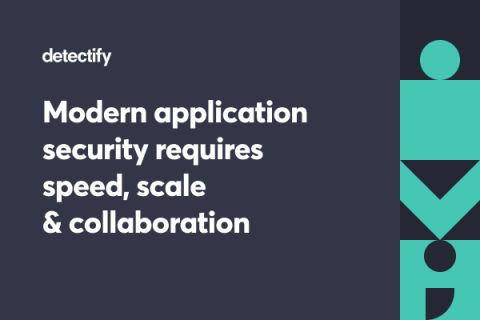Neil Daswani talks about his big breaches book and the BSIMM
Dr. Neil Daswani, codirector of the Stanford Advanced Security Certification Program, is coauthor with Moudy Elbayadi of “Big Breaches: Cybersecurity Lessons for Everyone,” released last month by APress. He is also president of Daswani Enterprises, his security consulting and training firm.










